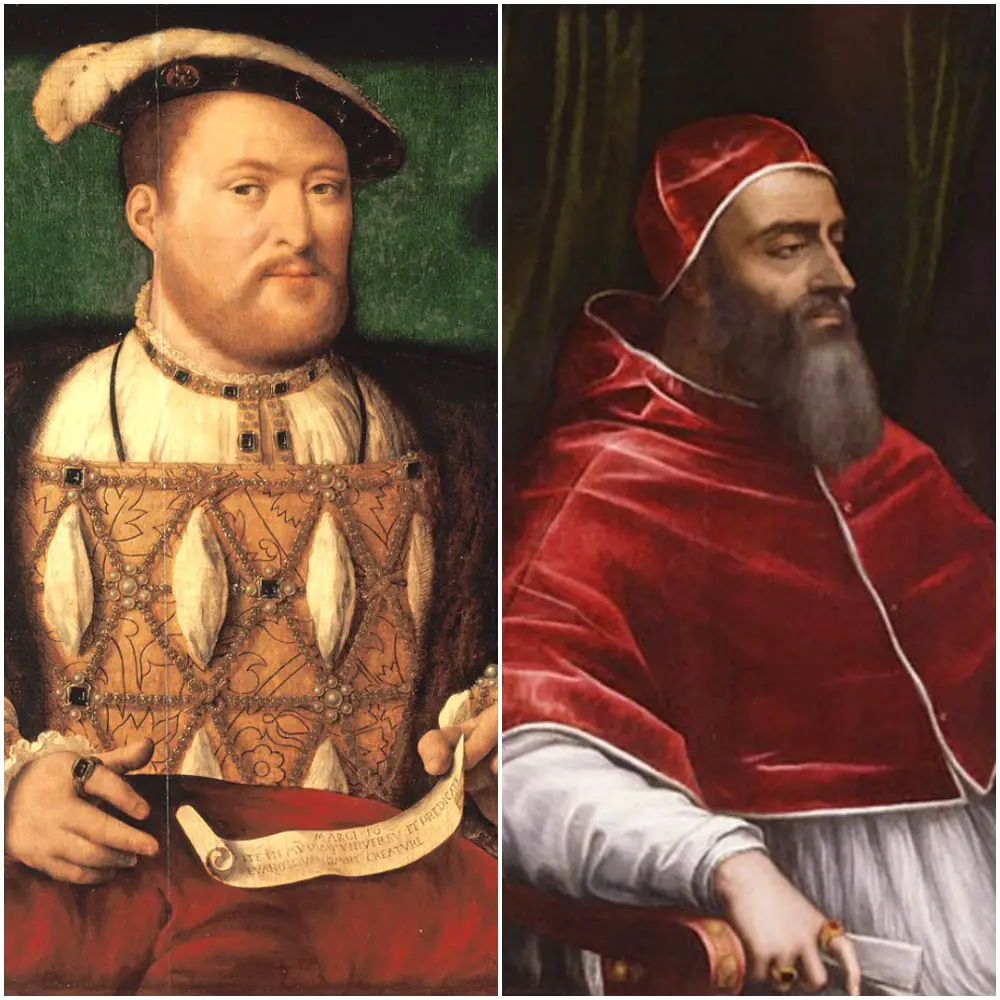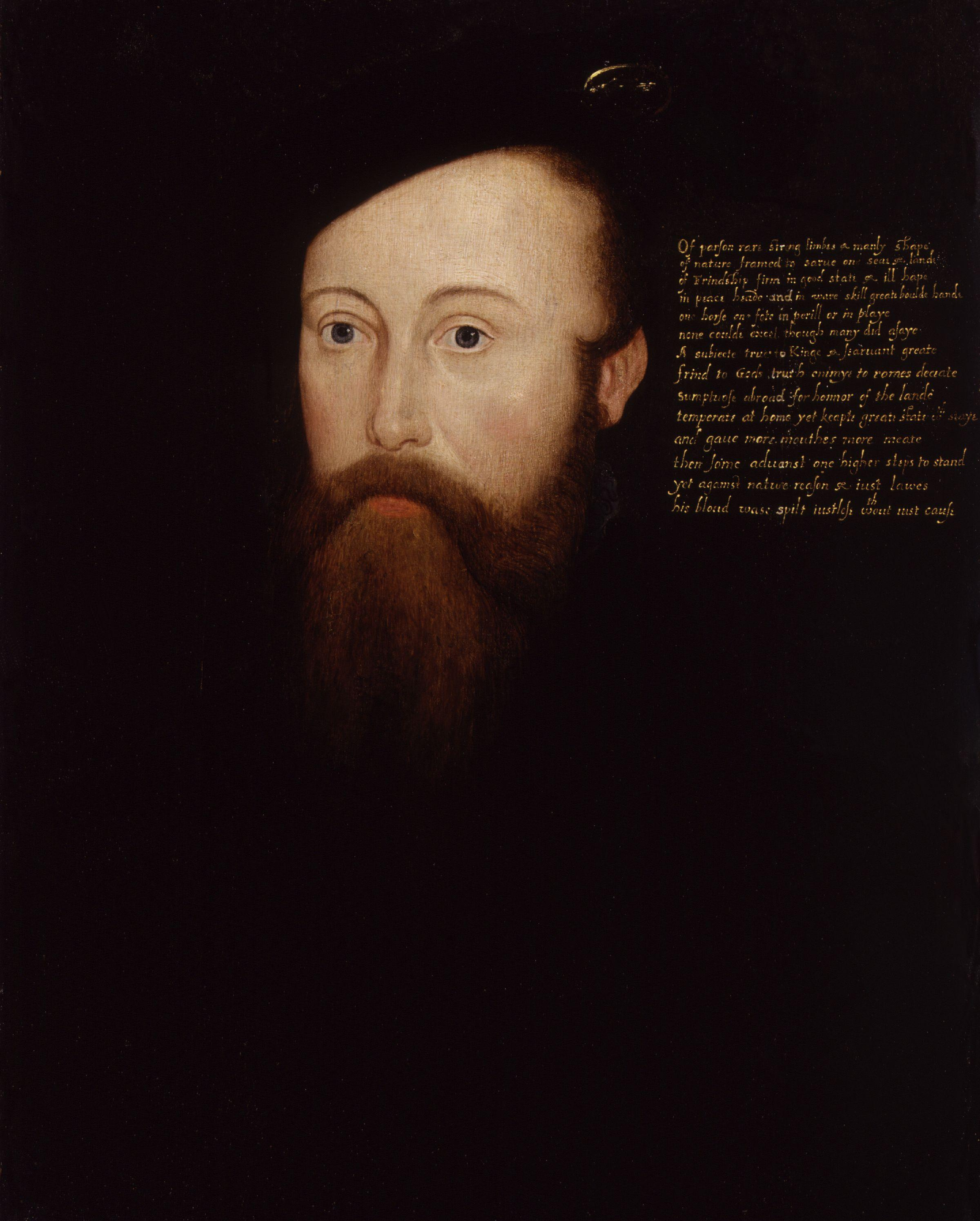What has a Spanish scholar and humanist born on this day in Valencia, Spain, in 1492 got to do with the Tudors? Well, he helped shape the woman who would become Queen Mary I by advising her mother, Catherine of Aragon, on her education.
In today's "on this day in Tudor history" video, I introduce Vives and his advice for Mary's education, and also give details on the young Mary, including her intelligence and accomplishments.
Book recommendations: "Mary Tudor, the First Queen" by Linda Porter, and “Mary Tudor: Princess, Bastard, Queen” by Anna Whitelock.
Also on this day in history:
- 1536 - Introduction into Parliament of the “Act for the Suppression (or Dissolution) of the Lesser Monasteries”. The act affected the “lesser monasteries”; those with fewer than twelve members and those worth less than £200 per year. They were to be dissolved, their heads pensioned off and their members to become secularized or moved to larger monasteries “where they may be compelled to live religiously for reformation of their lives”.
- 1547 - Thomas Wriothesley, 1st Earl of Southampton, lost the Great Seal of his Lord Chancellorship and was confined to his home at Ely Place for abusing his authority. He was found guilty of issuing a commission without the knowledge or permission of the other executors of Henry VIII's will, but it was probably more to do with his opposition to Edward Seymour, Duke of Somerset, becoming Lord Protector. He was later re-admitted to the Privy Council, a position he'd also lost at his fall.
- 1597 - Death of William Brooke, 10th Baron Cobham, courtier and diplomat, from an ague. He died at Blackfriars and was buried at St Mary Magdalene Church, Cobham. Brooke was the son of George Brooke, 9th Baron Cobham, and his wife, Anne (née Bray), an attendant horsewoman at Anne Boleyn's coronation. In Elizabeth I's reign, Cobham served as Lord Warden of the Cinque Ports, Constable of Dover Castle, Lord Lieutenant and Vice Admiral of Kent, and Privy Councillor.




Mary was remarkable as a child. Elizabeth was as well and no doubt Edward was, but Mary is very much overlooked by historians as a clever child. Of course she was, she had the very best Tutors, they all did, but she was also very intelligent and had an aptitude for languages and the classic. She was fun and danced well and am I glad you mentioned her love of gambling. Mary was a very well known card sharp. She spent huge sums on gambling. Henry loved card games but he tended to lose as much as he won. Katherine of Aragon had fancy tutors and was well educated as was Henry Viii, probably one of the most gifted and original monarchs to sit on the English throne, as well as one of the most controversial and cruel, in his later years. However, Henry was one to promote education and to insist on it for all of his children. He had a whole host of scholars, Erasmus, More, Henry Morsley, John Stokesley and others to choose from as well as Juan Jules Vives. Henry was a Renaissance Prince and women of letters and learning appeared in his reign as well as men. This increased during the Reformation and by the end of the age several famous women began to emerge as scholars and during the Stuart age they published works. Margaret Roper and Lady Jane Grey were both scholars, the former a published one. Queen Katherine Parr was another woman of learning and so was Katherine Willoughby, Duchess of Suffolk. Lady Anne Clifford also comes to mind and her famous diaries. Elizabeth Cromwell emerged as a real Tudor presence and a woman of letters. Her descendent, Catherine Cromwell in the 1590s up to the 1630s was one of the most expert women of her day. Another woman who should be praised for her letters at least is the King’s sister, Mary Tudor, the French Queen. Our Mary was named for her and clearly took after her Aunt as well as her parents.
Mary was also well known for fashion and rich dresses. She was also beautiful, contrary to myth, only losing some of her looks in her late 30s through the strain of her life and ill health. Elizabeth would lose her own looks by 1562, less than four years into her reign by the time she was 29/30 because she sadly got small pox and it ruined her face. Of course we shouldn’t judge these women on their looks, but achievements and both Elizabeth and Mary achieved a great deal. The world was against them for one thing and they both defied that and ruled in their own right. Mary is too much overlooked in favour of Elizabeth because the latter was Queen for a long time and shaped her own image and reputation. Now, I am not knocking Elizabeth and her accomplishments but she did allow Mary’s reputation to be sullied by propaganda. Thanks to modern scholars Mary is appreciated for being more than the ridiculous name “Bloody Mary” which was not contemporary and outside of John Fox, was not given to her before the reign of William and Mary in the 1690s. Linda Porter and Anna Whitelock are two along with John Edwards and others who have done good jobs to restore Mary’s reputation and real history. As the first true Queen in her own right, Mary established the gender neutrality of the crown and fought of rebels and usurping plots behind Queen Jane Grey, who was used but also the named, if unlawful successor to Edward vi ( Parliament had not confirmed her as such) to get her crown. Jane Grey of course, I mentioned before as being an outstanding scholar and she was also a book worm. Her rhetoric responses in her recorded debate with Father Feckenham, who was himself very clever, so an advanced mind. He praised her for this as well as her almost fanatical and devout faith. She was a loss to the learning community at such a young age, being executed, reluctantly after her father supported a second rebellion, the Wyatt Rebellion, after being pardoned by Queen Mary. Jane was only sixteen or seventeen years old, but we have her prayers and thoughts and some letters she left us. Who knows what she may have written in time? It is also said that her unwise sister, Catherine Grey, unwise to marry for love without the consent of Elizabeth I, was also very well educated and clever, although in this case common sense wasn’t present.
We have of course those ladies of international renowned education. Margaret of Navarre or Margaret of Angouleme, sister of King Francis I, Louise of Savoy, Anne of Brittany, Isabella of Spain, Claude of France and her sister, Renee, Margaret of Austria and Catherine de Medici, were all scholars whose Courts had international reputations and we know that Anne Boleyn was the product of two of these. We have a portrait of Margaret of Angouleme here at the Walker Art Gallery and I found myself explaining who she was and about her education and accomplishment to two men who were stood behind me laughing at the famous Henry Viii, on the wall at the side of me. I found something one of them said amusing and we were soon chatting. They were not impressed with Henry but were very impressed with this remarkable woman of such learning and found her very interesting. Unfortunately we only had ten minutes as the Gallery was shutting. We had been to the Leonardo de Vinci exhibition. The painting by Jean Cloulet was attributed to de Vinci in error when the painting was brought in the nineteenth century. It was of course correctly identified and named to the original painter. Yes, these women are famous now and no doubt at the time, but history has forgotten them. Thankfully sites like this bring these remarkable women back to life.
Thanks Claire, keep up the good work. It’s very much appreciated.